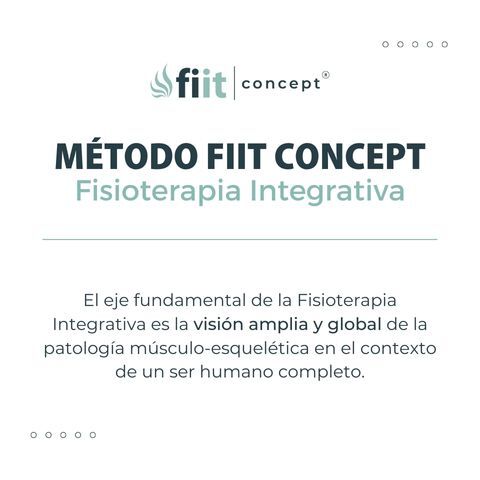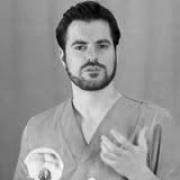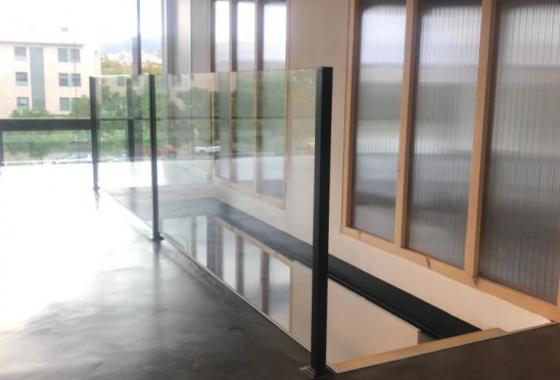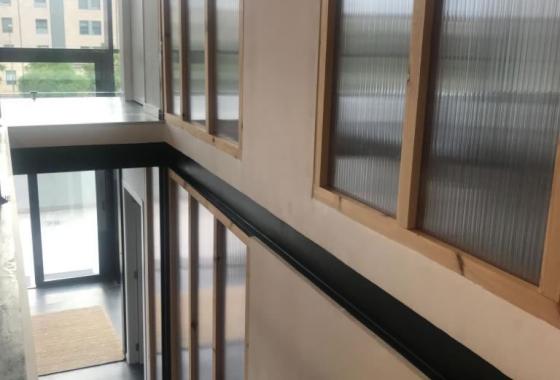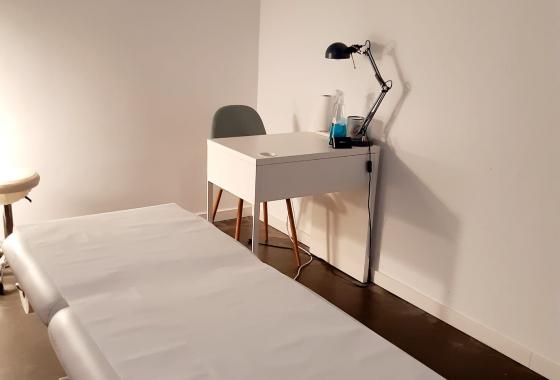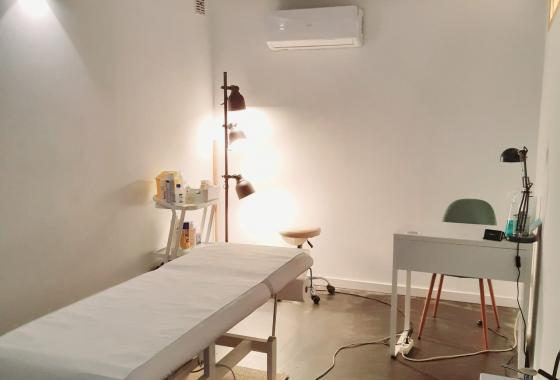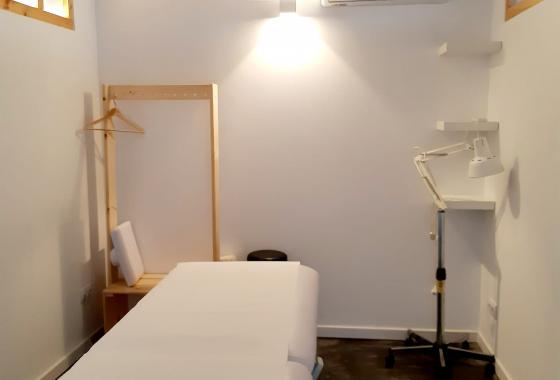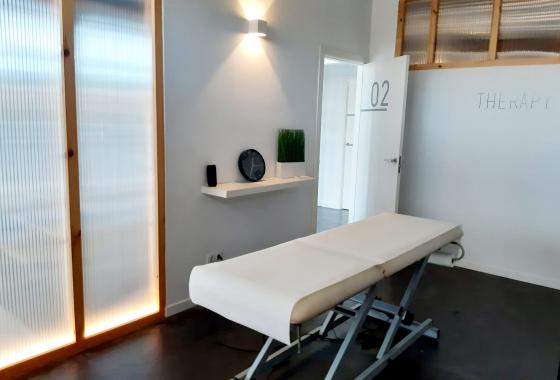Inexperienced eyes can only see a black and white image on the monitor on an ultrasound, interspersed with various shades of gray. However, the expert eyes of our physiotherapists at FisioClinics Palma will be able to inspect the current state and progression of the sports injury using musculoskeletal ultrasound, which allows them to indicate more precise physiotherapeutic interventions according to the healing phase, thus achieving greater effectiveness of the treatment and accelerated recovery in our sports patients. Learn more about this diagnostic technique below:
What is musculoskeletal ultrasound, and what does it consist of?
Musculoskeletal ultrasound has become one of the most essential diagnostic techniques in the area of sports physiotherapy. It is an imaging study where a transducer sends ultrasonic waves to the body and receives the echo generated by the muscles, bones, and organs. Depending on the time the echo is reflected, the ultrasound device calculates how far a certain tissue is from the body surface, and based on the reflected waves, the ultrasound machine generates an image of the tissues on a monitor.
The images reflected on the monitor are black and white, with certain shades of gray, this is because some tissues are highly reflective or echogenic, this means that dense tissues such as bones, return the ultrasonic waves generated by the transducer, being visible in the image with white or light gray color. While tissues like blood, on the other hand, are not an obstacle to these waves, by reflecting very little (anechoic) sound it shows up in black in the image.
These black and white images before the expert eyes of our professionals at FisioClinics Palma make visible any type of pathological alteration of the musculoskeletal system such as tendinopathies, ruptures of muscle fibers, tendons, or ligaments, cysts, or muscle tumors, among other pathologies.
What are the benefits of musculoskeletal ultrasound?
Among the imaging studies currently available on the market, musculoskeletal ultrasound is the procedure of choice for recording, inspecting, and evaluating the morphology of the tissues that make up the musculoskeletal system. The ultrasound does not present any risk, the patient cannot feel the sound waves, and they do not cause injuries. Also, they are not rays like those used in x-rays or computed tomography (CT). Therefore, unlike other imaging studies, ultrasound can also be used safely in pregnant women and children.
Another important benefit is that this study allows the possibility of examining the athlete's joint while he is moving. In this way, functional sports injuries such as a spring finger or shoulder impingement or impingement can be identified and inspected in real-time.
What injuries can be seen with musculoskeletal ultrasound?
Our physiotherapists with the help of musculoskeletal ultrasound can differentiate degenerative, traumatic, and inflammatory pathological changes in soft tissues of the musculoskeletal system (muscles, tendons, among others) and periarticular. The pathological changes commonly observed in this study are:
- Tears of muscle fibers (biceps tear, quadriceps tear, calf tear, or sural triceps, among other tears).
- Tendinitis or tendinopathies (rotator cuff tendonitis, plantar fasciitis, Achilles tendonitis, patellar tendonitis, quadriceps tendonitis among others).
- Irritation and inflammation of the bursa (bursitis).
- Joint effusions and bruises.
- Cysts or tumors in the muscles.
How do we apply musculoskeletal ultrasound at FisioClinics Palma?
At FisioClinics Palma we use musculoskeletal ultrasound as a method to support the diagnostic process and the follow-up process of sports injuries. Depending on the area that the physiotherapist wishes to assess, the musculoskeletal ultrasound can be performed with the patient sitting, standing, or lying on the table (supine, prone, or on the side). First, one of our sports physiotherapists will apply an ultrasound gel to the transducer and the affected skin area, so that a uniform contact is established between the transducer and the body surface to be assessed.
During the assessment procedure that lasts 15 or 20 minutes, the patient does not feel anything, the physiotherapist may indicate some movement commands to assess them in greater detail, this will vary depending on the case. The device will show images in real-time on a screen, which the physiotherapist will show and explain directly to the patient. After the ultrasound exam, the physical therapist will give you a cloth to remove the remnants of the gel. If it has come in contact with your clothing, you don't have to worry, these gels do not leave stains on clothing and are generally quickly absorbed. With the diagnostic findings found, the physiotherapist will establish the necessary interventions to achieve an effective sports recovery.
Besides, in our FisioClinics Palma clinic, musculoskeletal ultrasound is used as a support measure during the application of therapeutic techniques such as percutaneous intertissued electrolysis (EPI) and dry needling. For more information about this service, do not hesitate to contact us.
 Physiotheraphy
Physiotheraphy Osteopathy
Osteopathy Massage
Massage Lymphatic
Lymphatic Group classes
Group classes Home
Home Baby
Baby


